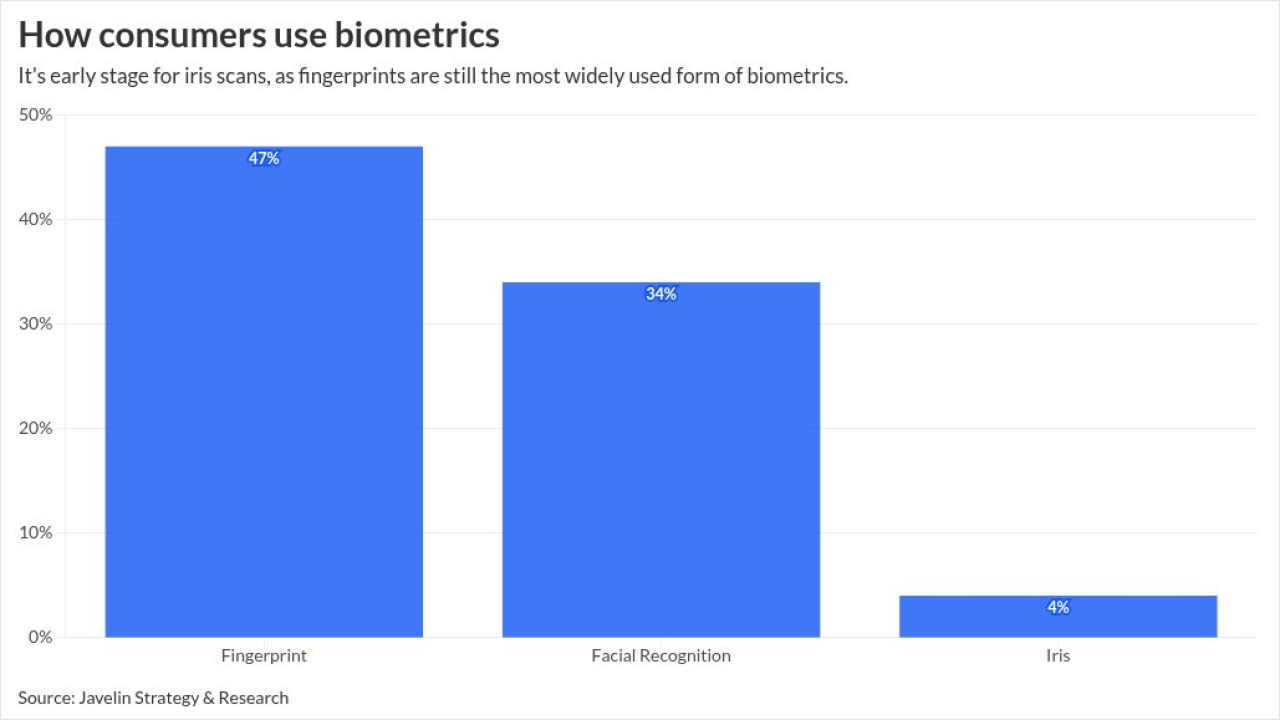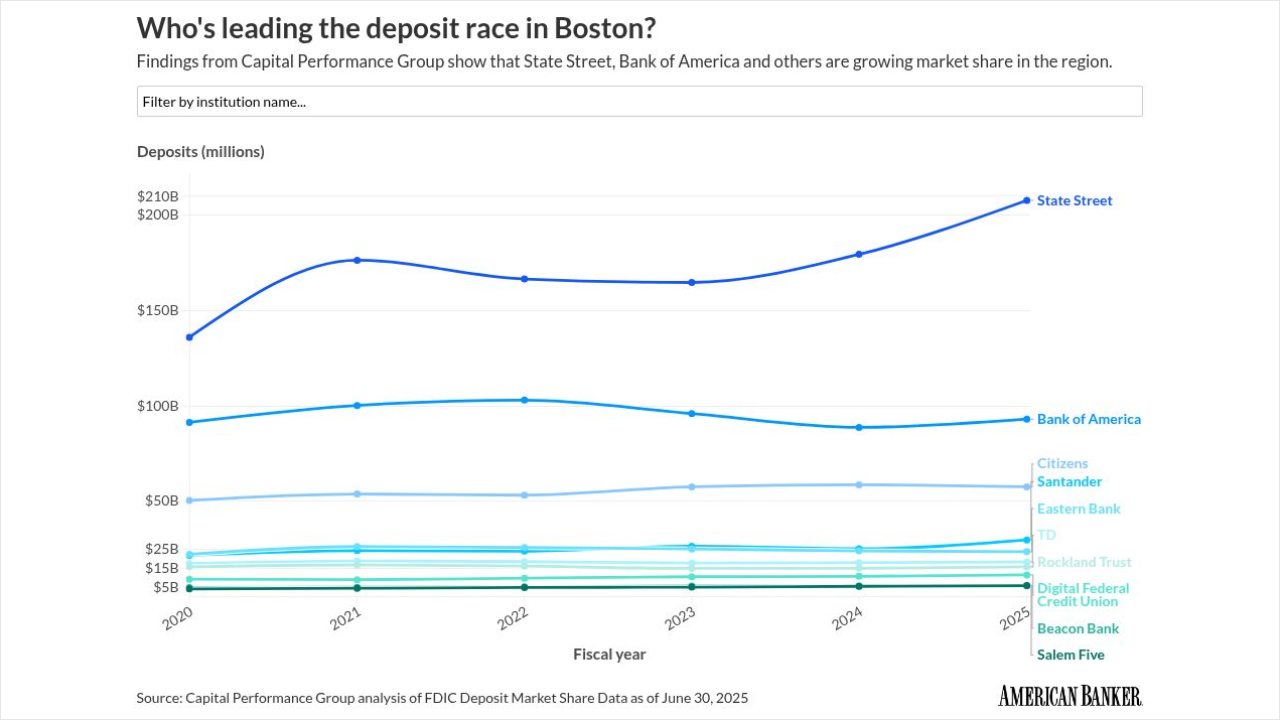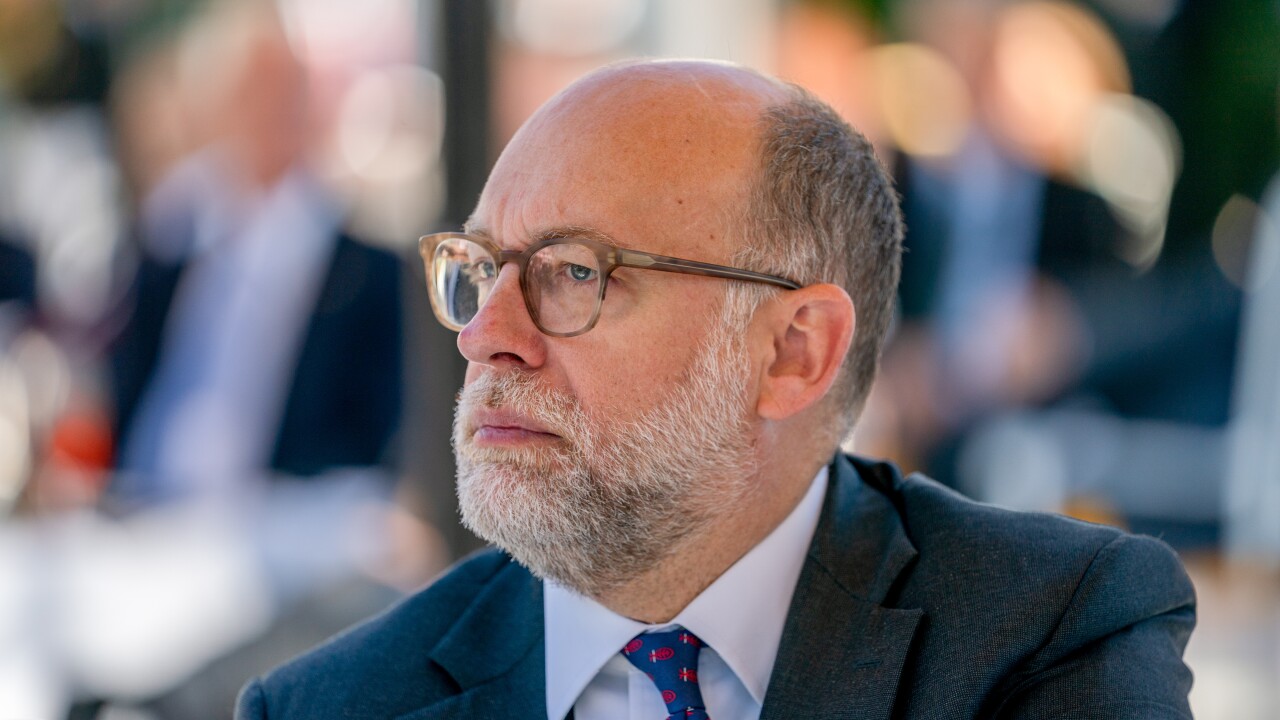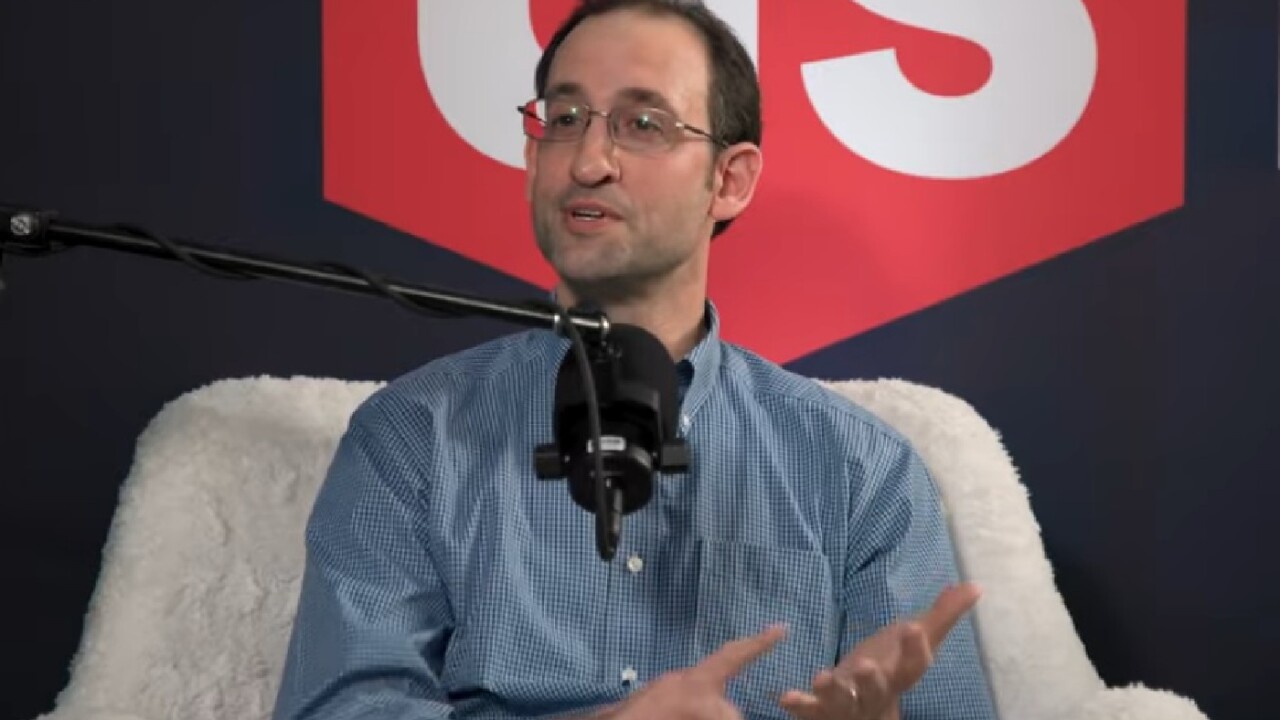
Buy now/pay later products could have similar pitfalls to payday lenders and other predatory financial services, according to the Federal Reserve's former top regulator.
Speaking at a Fed conference on financial inclusion, Fed Gov. Michael Barr said Buy now/pay later, or BNPL, offerings are becoming increasingly popular, with roughly 15% of retail consumers using the service, according to
But with that
"Delinquency rates have gone up to 25% and that is really a sign of concern, for me, that the product is not being offered in a way that consumers fully understand the risk," he said. "It is a growing area of concern and one we should all be paying attention to."
Barr's comments came during an onstage conversation with Evelyn Stark, managing director of Ideas42, a behavioral science research and consulting firm. The Q&A session followed brief prepared remarks from Barr, the former Fed vice chair for supervision.
BNPL services enable customers to spread the cost of a purchase over several installments — typically four, but sometimes more — and often with little or no interest.
During the conversation, Barr said BNPL could be an important innovation for
"The concerns are that people sometimes misjudge their own ability or misunderstand their own ability to make payments. They may not understand what happens if they make a late payment, they may not understand what happens if they can't pay in full over the four payments or six payments," he said. "That can lead to the same kind of problems we've seen with payday loans, for example, so you can get caught in a debt trap, you can get caught paying excessively high fees or interest rates or fees when you thought the initial set of payments were going to be free."
In his prepared remarks, Barr highlighted several other areas of financial inclusion that have advanced in recent years but remain in need of additional expansion, including small dollar loans, faster payments, the use of alternative data for determining credit worthiness and the availability of bank accounts to low-income individuals.
Barr said technological innovations have the potential to make financial services more accessible by making them cheaper. In both his speech and the following conversation, he mentioned the Fed's instant payment system, FedNow, as a piece of infrastructure that could make critical transfers more cost effective for banks and their customers.
"We are encouraged by innovative private-sector engagement with the new platform and instant payment services generally," he said. "We are already seeing the early users rolling out new services that can benefit consumers."
Barr said earned wage access — which enables gig workers to be paid for their work immediately after they complete it — is a promising innovation from the banking sector that has been built upon the FedNow system. He added that faster payments could also be used for more than just purchases, noting that it can be used to more quickly move funds into savings and investment accounts, too.
The FedNow system has seen more users and more transaction volume each quarter since it launched during the summer of 2023. Yet, the growth has been uneven, with some quarters seeing bigger jumps than others. Between the second and third quarters of 2024, the dollar value of cleared settlements skyrocketed more than 3,453% then crept up just 15% the following quarter,
During the first quarter of 2025, FedNow processed more than 14,500 payments a day for a total of more than 1.3 million transactions. The average transaction size was $37,000, according to the Fed, well above the average settlement on The Clearinghouse's privately-owned instant settlement service, the RTP Network, which averaged just under $4,500 per transaction during the second quarter.
Barr said he is happy with the
"We expect these types of innovations will continue to expand in the coming years and be delivered in new contexts, ultimately bringing broad benefits to liquidity-constrained consumers and small businesses that tightly manage payment inflows and outflows," he said.





